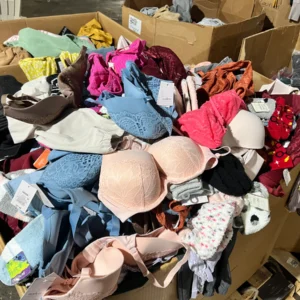
Apparel pallets represent a dynamic and often overlooked opportunity for businesses looking to source clothing at significantly reduced prices. These pallets, typically containing a variety of garments from retailers, department stores, or liquidations, can be a goldmine for entrepreneurs, resellers, and even established retailers seeking to expand their inventory or offer bargain deals. Sourcing apparel pallets requires understanding the types of pallets available, assessing the quality and condition of the merchandise, and knowing where to find reputable suppliers. This article explores the world of apparel pallets, offering insights into how to successfully navigate this marketplace and maximize your potential for profit.
Unlocking Value: The Appeal of Apparel Pallets
The allure of apparel pallets lies in their potential for high-profit margins. Often sold at a fraction of their original retail value, these pallets can contain a diverse range of clothing items, from trendy fast-fashion pieces to classic staples, and often include accessories like belts, scarves, and hats. This variety allows resellers to cater to a broad customer base, offering something for everyone. Furthermore, apparel pallets can be an eco-conscious choice, giving unsold clothing a second life and reducing textile waste. By carefully selecting and curating the items within a pallet, businesses can create appealing collections that attract budget-conscious shoppers and fashion enthusiasts alike.
Decoding Apparel Pallet Categories: From Overstock to Returns
Understanding the different categories of apparel pallets is crucial for making informed purchasing decisions. Common types include:
- Overstock Pallets: These pallets contain brand-new, unsold items from retailers clearing space for new inventory. Overstock pallets often offer the highest quality and potential for profit.
- Customer Return Pallets: As the name suggests, these pallets consist of clothing items returned by customers. The condition of these items can vary significantly, ranging from brand new with tags (NWOT) to damaged or worn. Thorough inspection is crucial before purchasing.
- Liquidation Pallets: These pallets may contain a mix of overstock, customer returns, and potentially flawed items. They are typically sold at a lower price point, reflecting the increased risk.
- Salvage Pallets: These contain the most damaged or unsellable items, often requiring significant repairs or repurposing. While they offer the lowest prices, they also present the highest level of challenge.
Choosing the right type of pallet depends heavily on your risk tolerance, expertise in clothing repair, and target market.
Sourcing and Vetting Suppliers: Finding Reliable Apparel Pallet Partners
Finding reputable suppliers is paramount to a successful apparel pallet venture. Look for suppliers with transparent pricing, detailed product descriptions, and clear return policies. Consider these tips when sourcing:
- Research Supplier Reputation: Read online reviews and testimonials to assess the supplier’s reliability and customer service.
- Inquire About Inspection Policies: Does the supplier allow on-site inspection of pallets before purchase?
- Request Detailed Manifests: A manifest is a detailed list of the items included in the pallet, allowing you to estimate its value and potential profitability.
- Compare Pricing Across Multiple Suppliers: Don’t settle for the first offer you find. Compare prices and shipping costs to ensure you’re getting the best deal.
- Consider Location: Local suppliers can save on shipping costs and allow for easier inspection.
By conducting thorough research and vetting potential suppliers, you can minimize risks and increase your chances of finding high-quality apparel pallets that meet your business needs. Ultimately, successful apparel pallet reselling hinges on a blend of careful planning, diligent sourcing, and a keen eye for value.


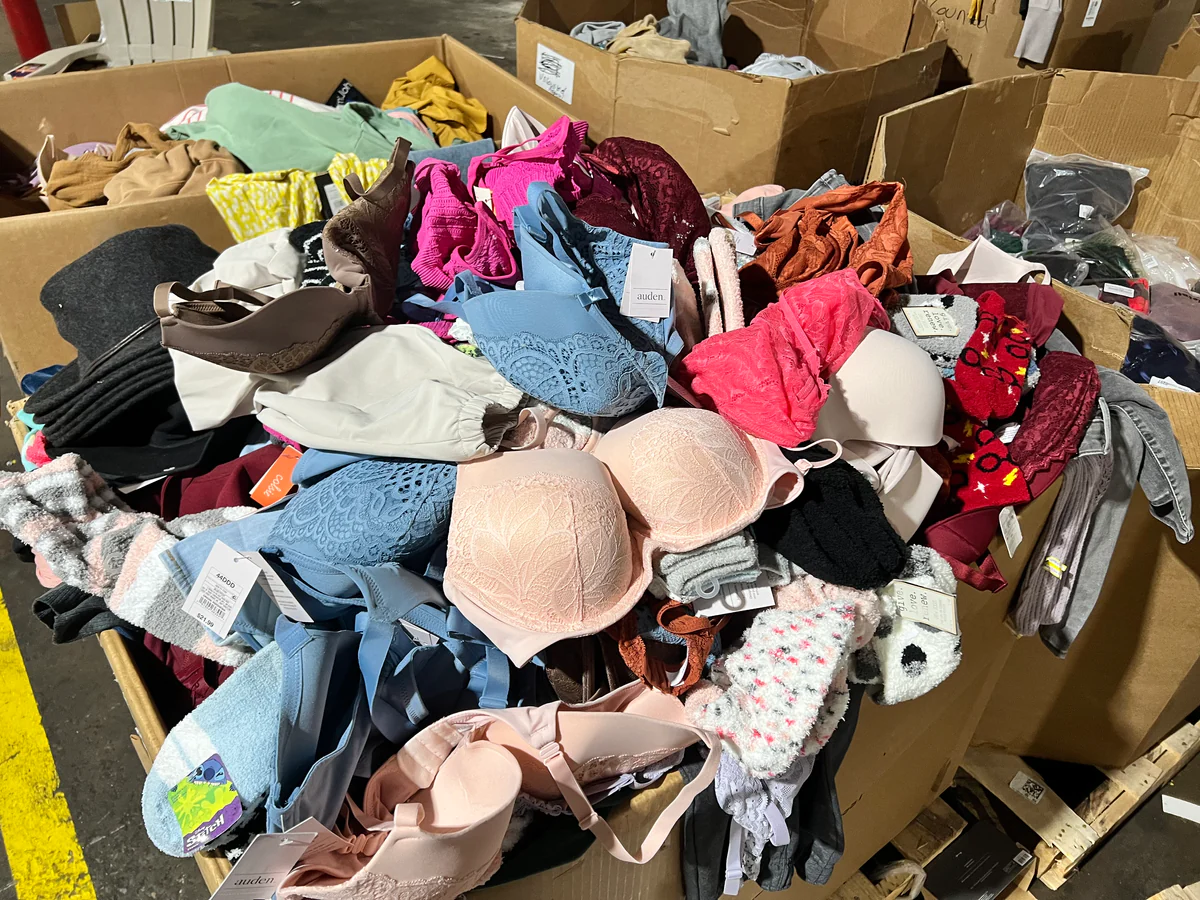
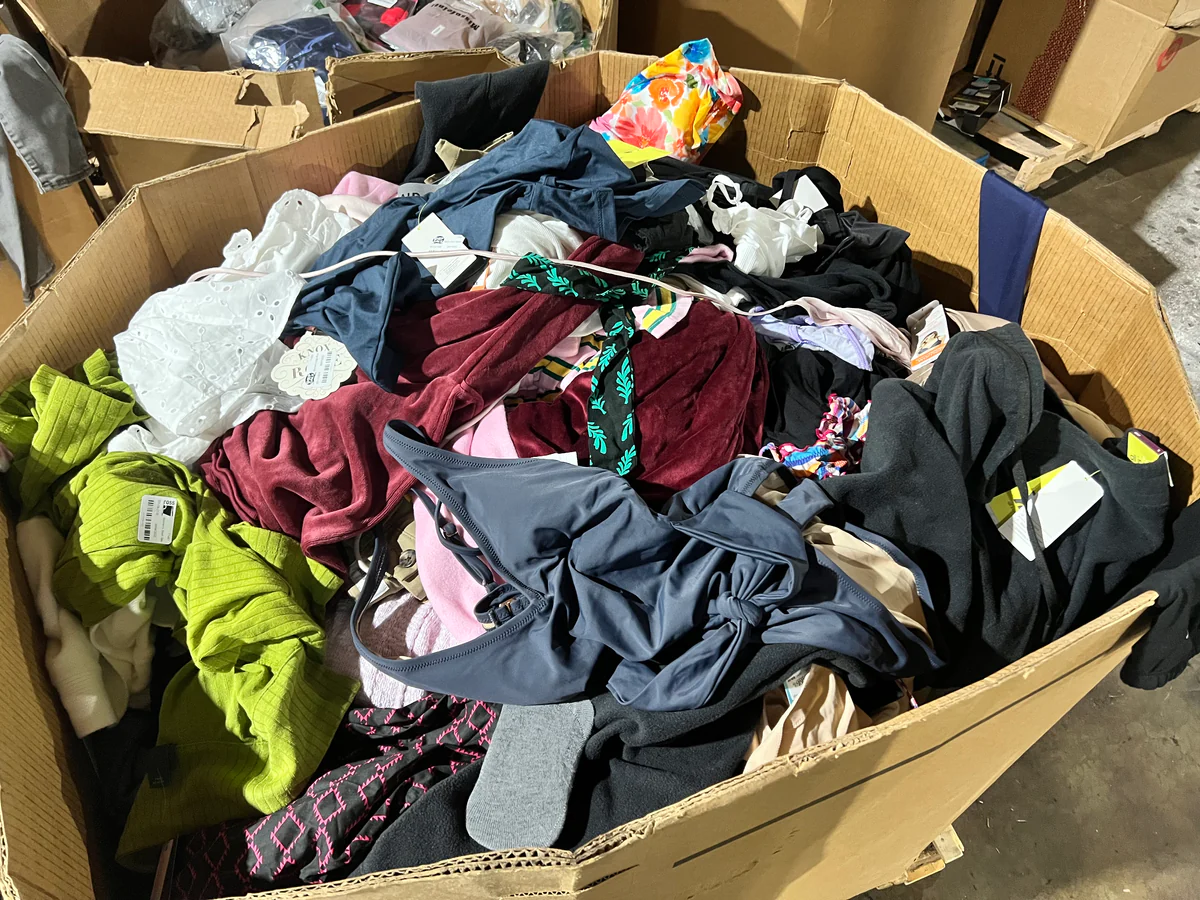
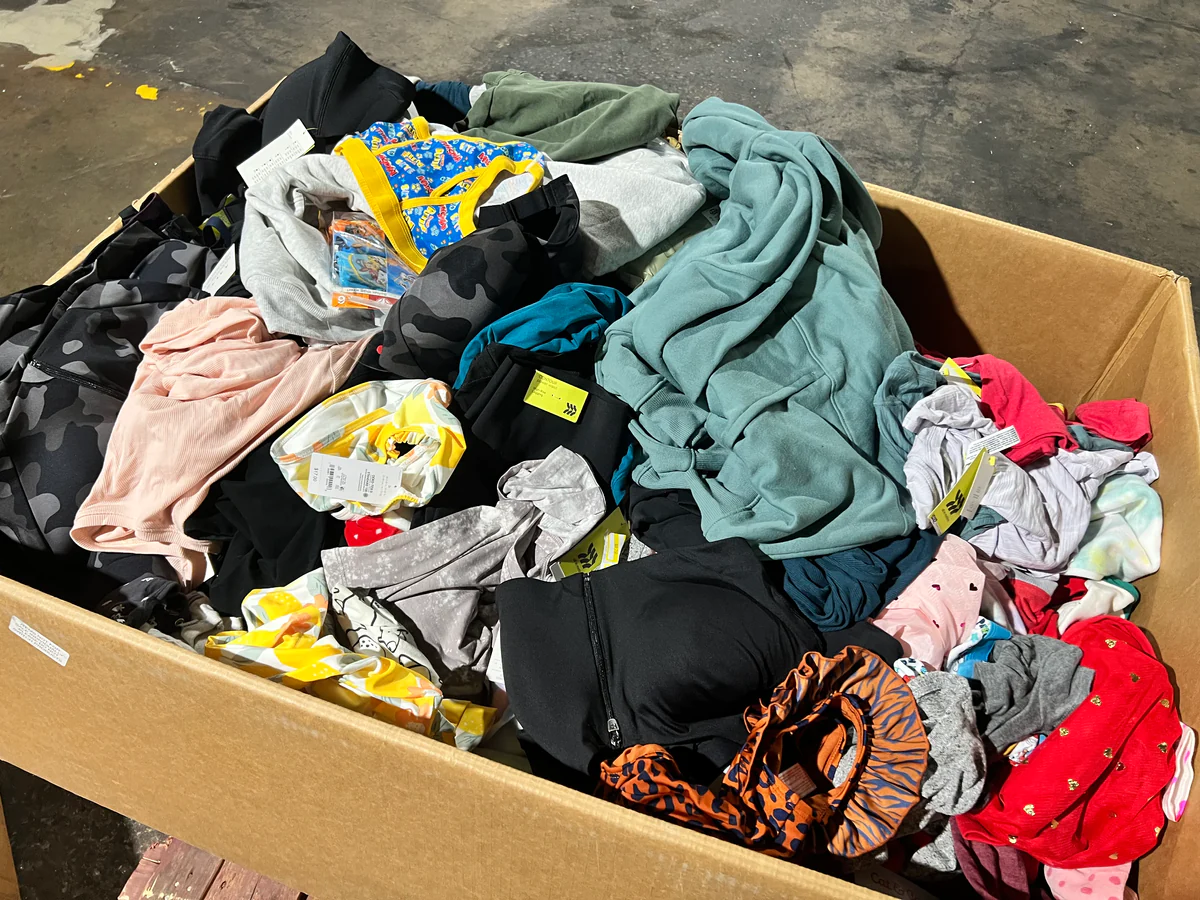
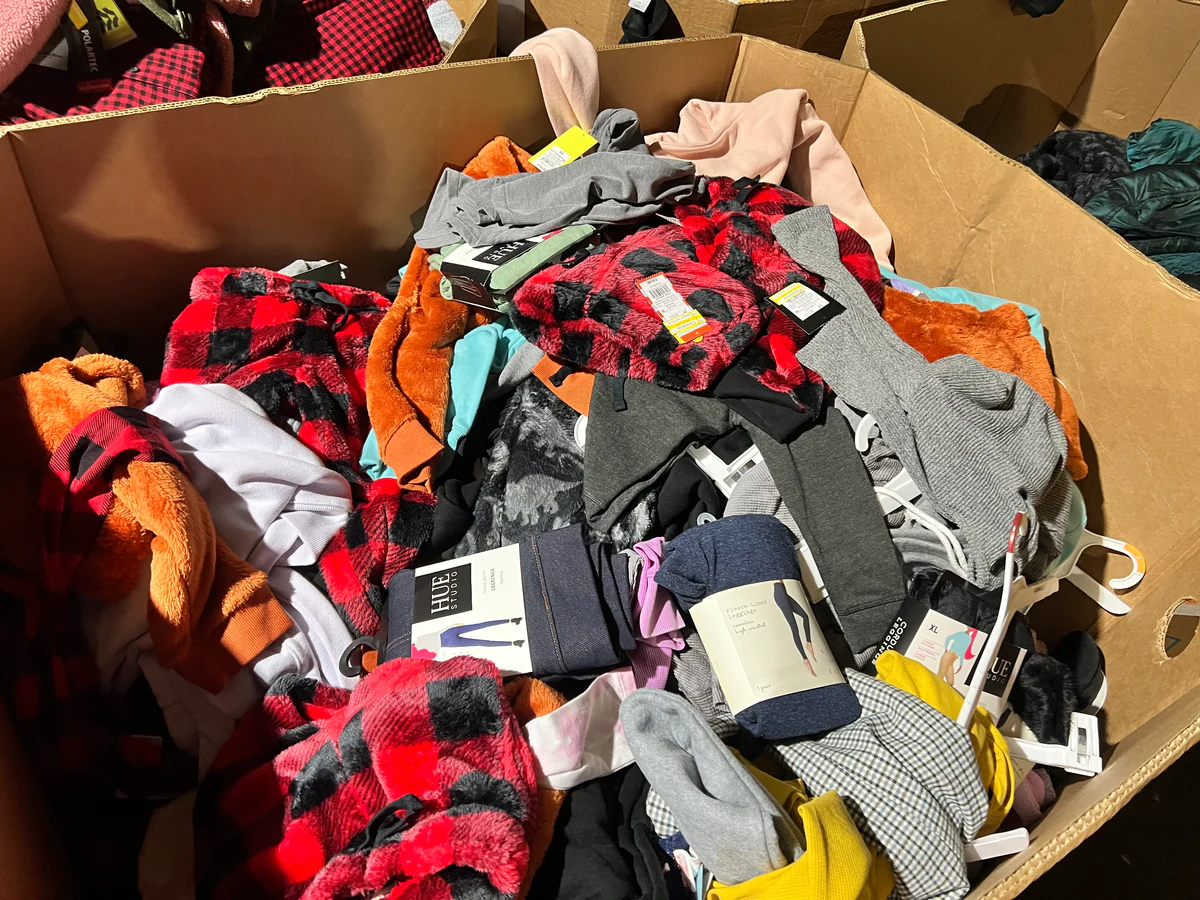

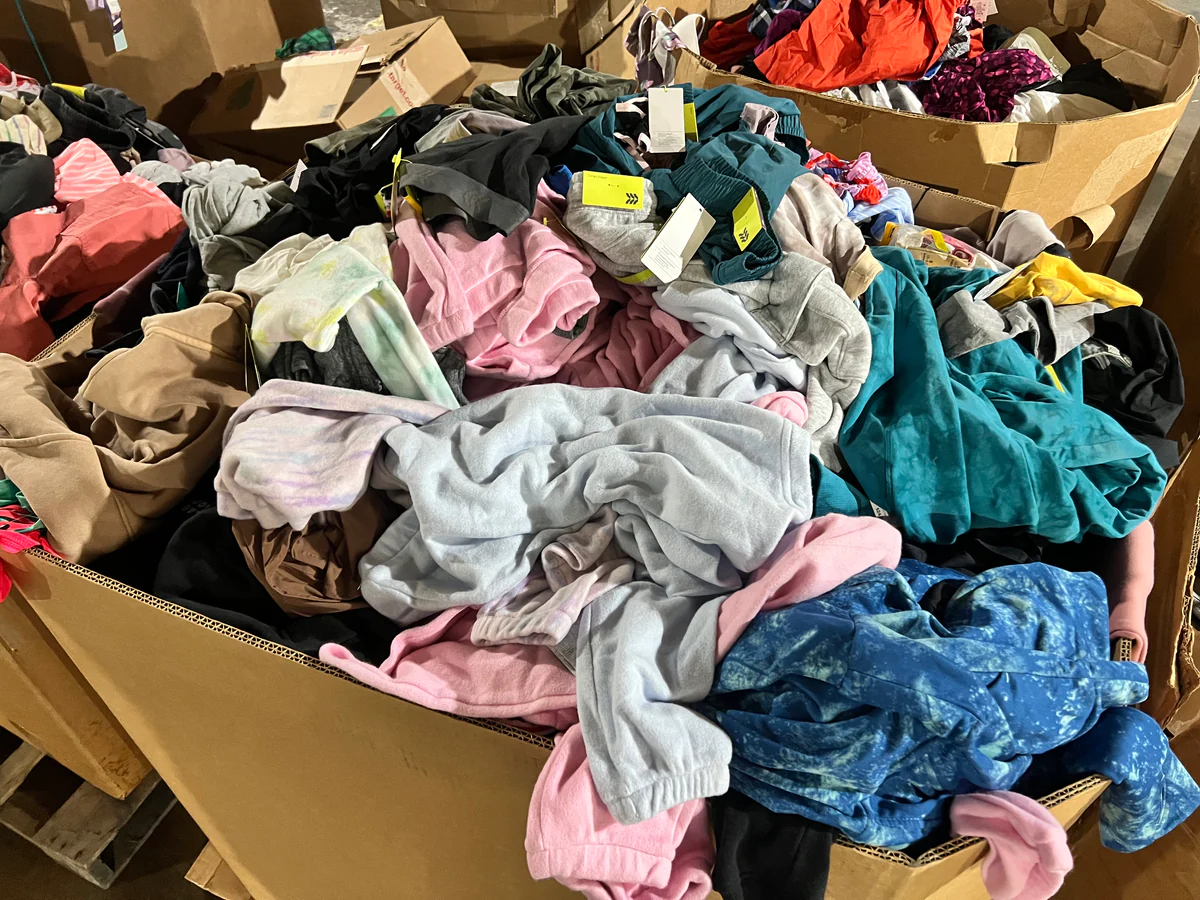
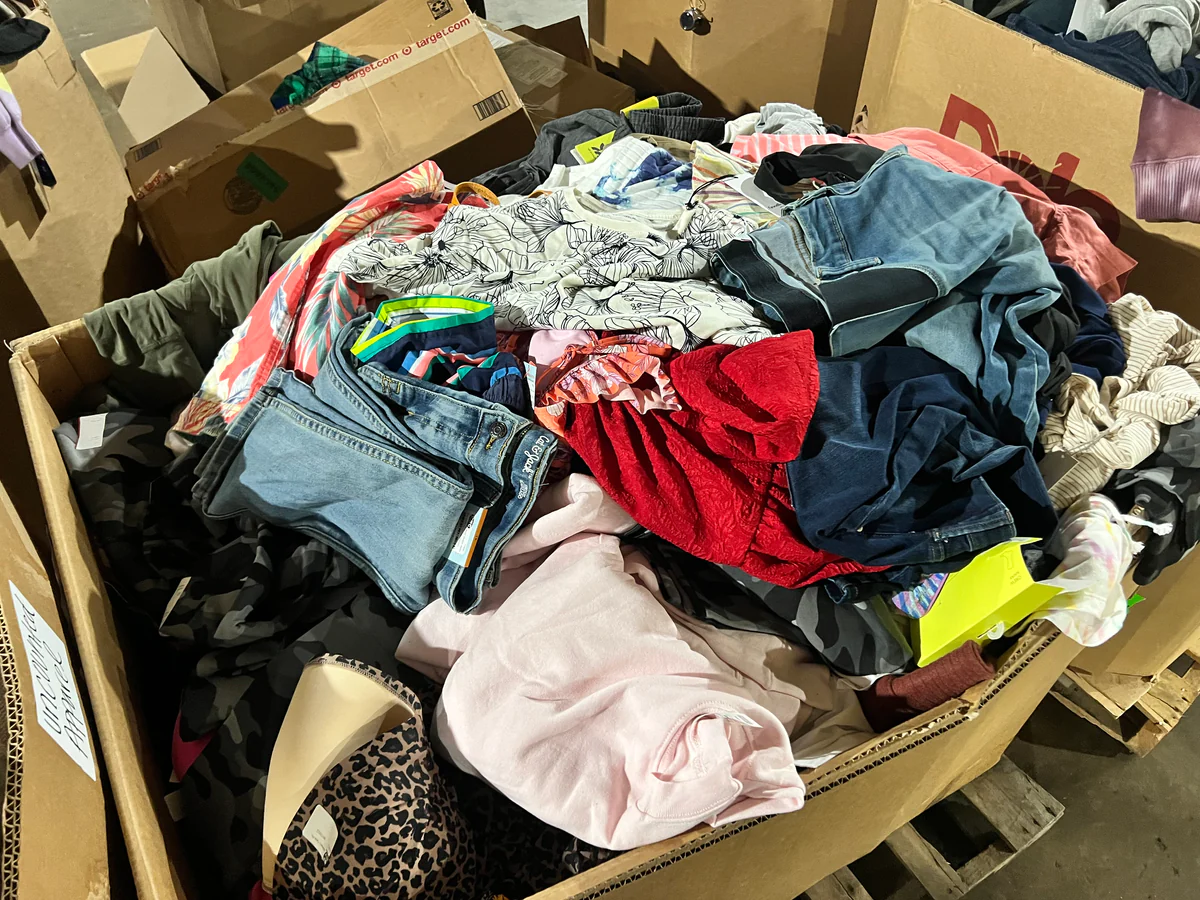
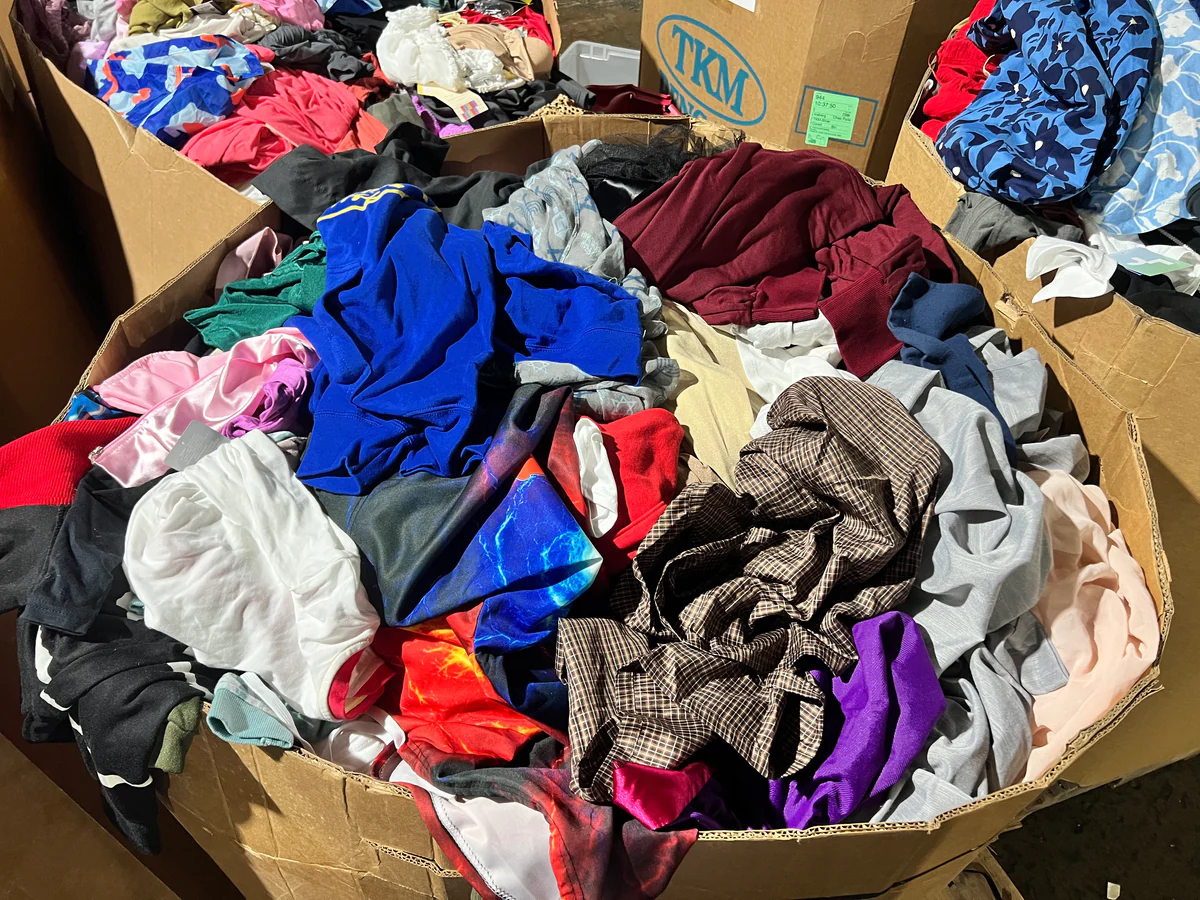
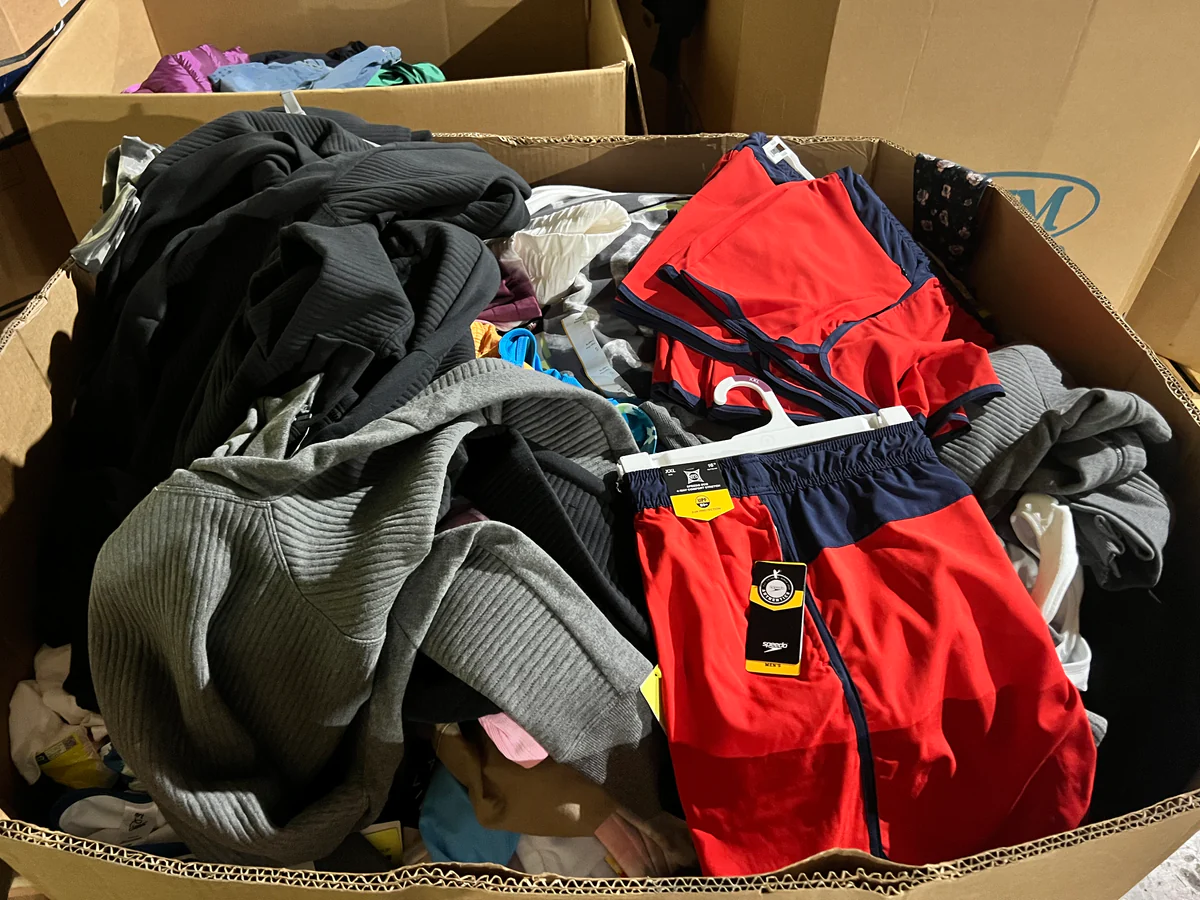
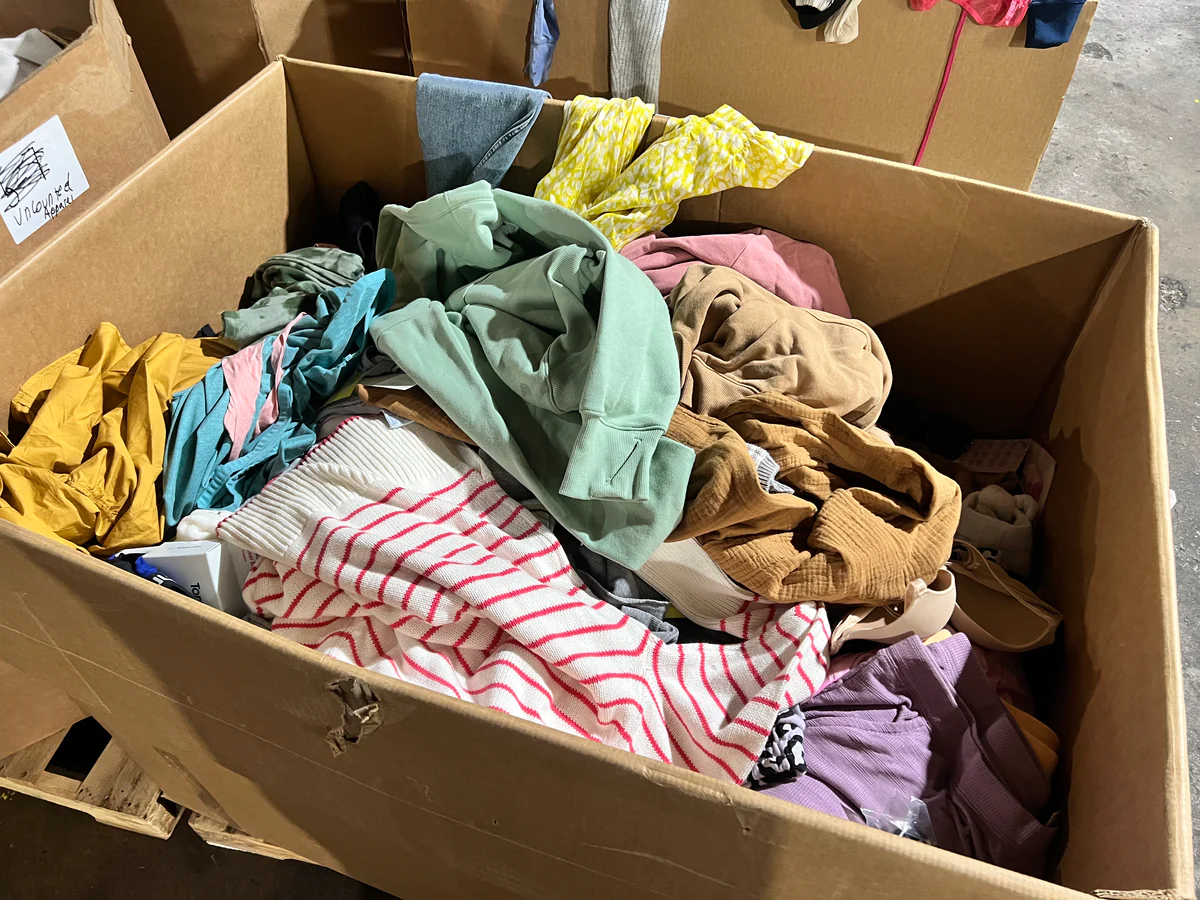
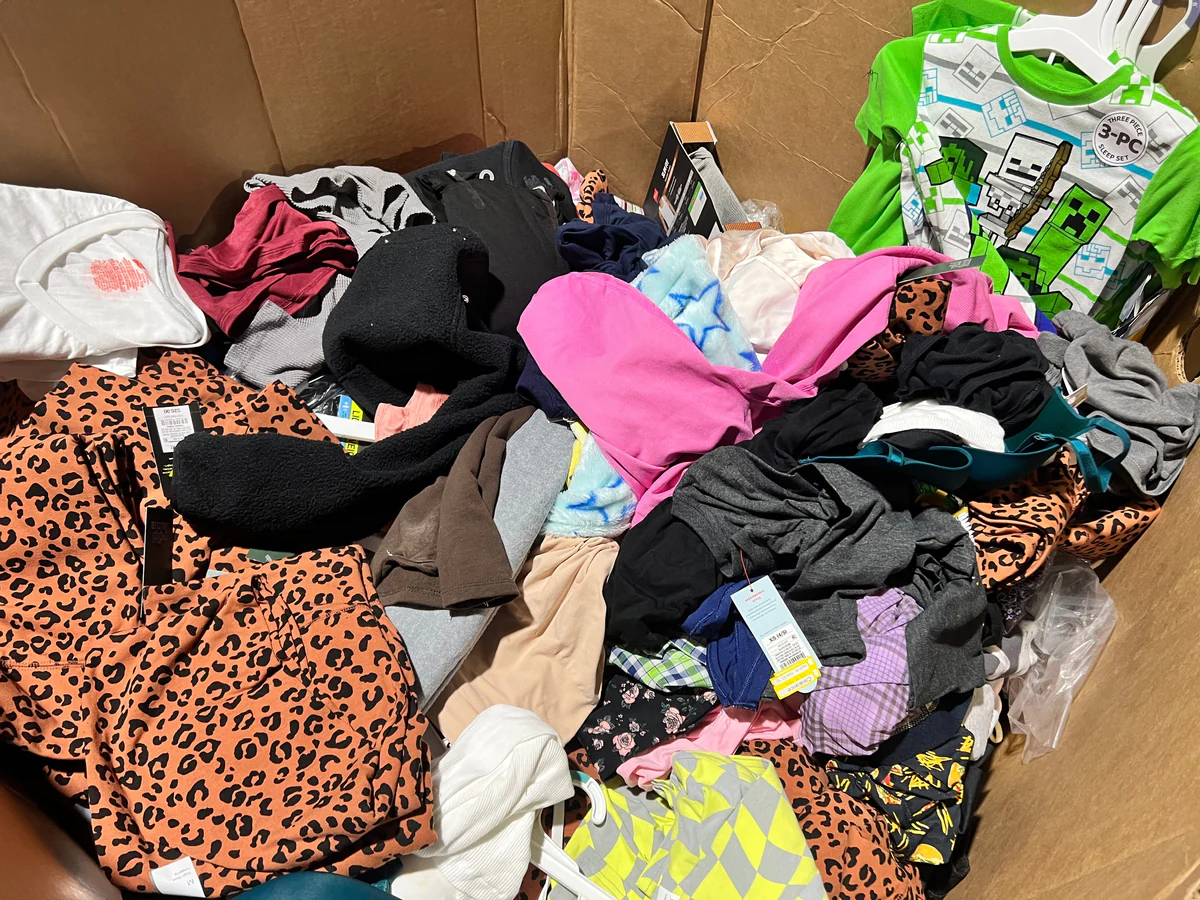





Reviews
There are no reviews yet.